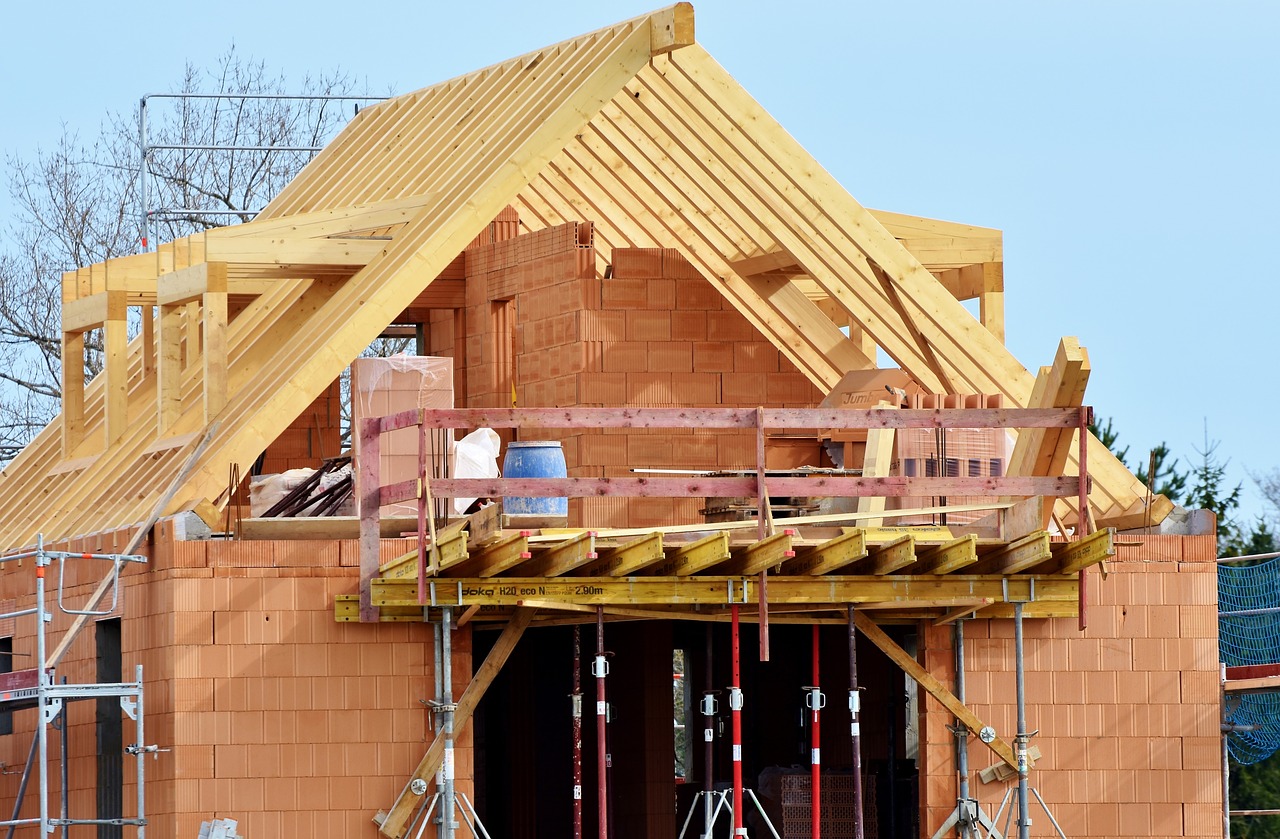It is no exaggeration to say that, even now, there are millions of homes that contain asbestos. This hidden health hazard exists in no small part because asbestos was used pervasively in the construction of residential homes and buildings until the 1970s.
Although asbestos-containing materials are no longer permitted for home construction, the threat remains for homeowners of older homes. Here is a closer look at how to identify the presence of asbestos and what you should do if asbestos is found.
Identifying Asbestos in the Home
To determine whether asbestos is present in your home, you will need to look at common products that relied on asbestos-containing materials in the past. As these products age, they may be capable of releasing toxic asbestos fibers into the home that jeopardize the health of you and your loved ones.
One of the most common uses of asbestos in the home was for insulation, which is why steam pipes, boilers and furnace ducts were frequently insulated with asbestos. If pipes containing asbestos are damaged or removed improperly, for example, asbestos may be released.
In addition to asbestos used for insulation, tiling is also a common place to find asbestos. The backing on vinyl asbestos, asphalt or rubber tiling often includes asbestos. If asbestos is located on tiling, take care to not scrape or sand the sheet’s backing.
If your home includes a woodburning stove or furnace, then take care to inspect whether cement sheets, millboard or similar paper used for insulation is present. Each of these may be signs of materials that contain asbestos.
Asbestos may also be present in cement roofing, shingles or siding of older homes, but these materials generally do not release asbestos fibers unless they are significantly disturbed. For example, sawing or cutting these materials could release asbestos.
What to Do If You Suspect Asbestos Is Present
The only way to be sure that asbestos is present in the home is to have the fibers identified by a polarized light microscope. Asbestos cannot be identified merely by an eye test, which is why you will need to provide a sample to a certified lab.
It is highly recommended that you contact a certified asbestos abatement professional to take the sample, as the fibers can be released if proper safety precautions are not taken.
There Is No Known Level of Asbestos Exposure That Is Considered Safe
If asbestos is present in your home, but no fibers have been released into the air, take extreme caution with repairing any old pipes or removing the asbestos. If fibers are released, this can cause mesothelioma cancer since research has shown that a single exposure to asbestos may be all it takes to receive a mesothelioma diagnosis.
If you or a loved one has already been diagnosed with mesothelioma because of a wrongful exposure to asbestos, contact The Ledger Law Firm to explore your legal options and find out whether you are entitled to legal compensation.

